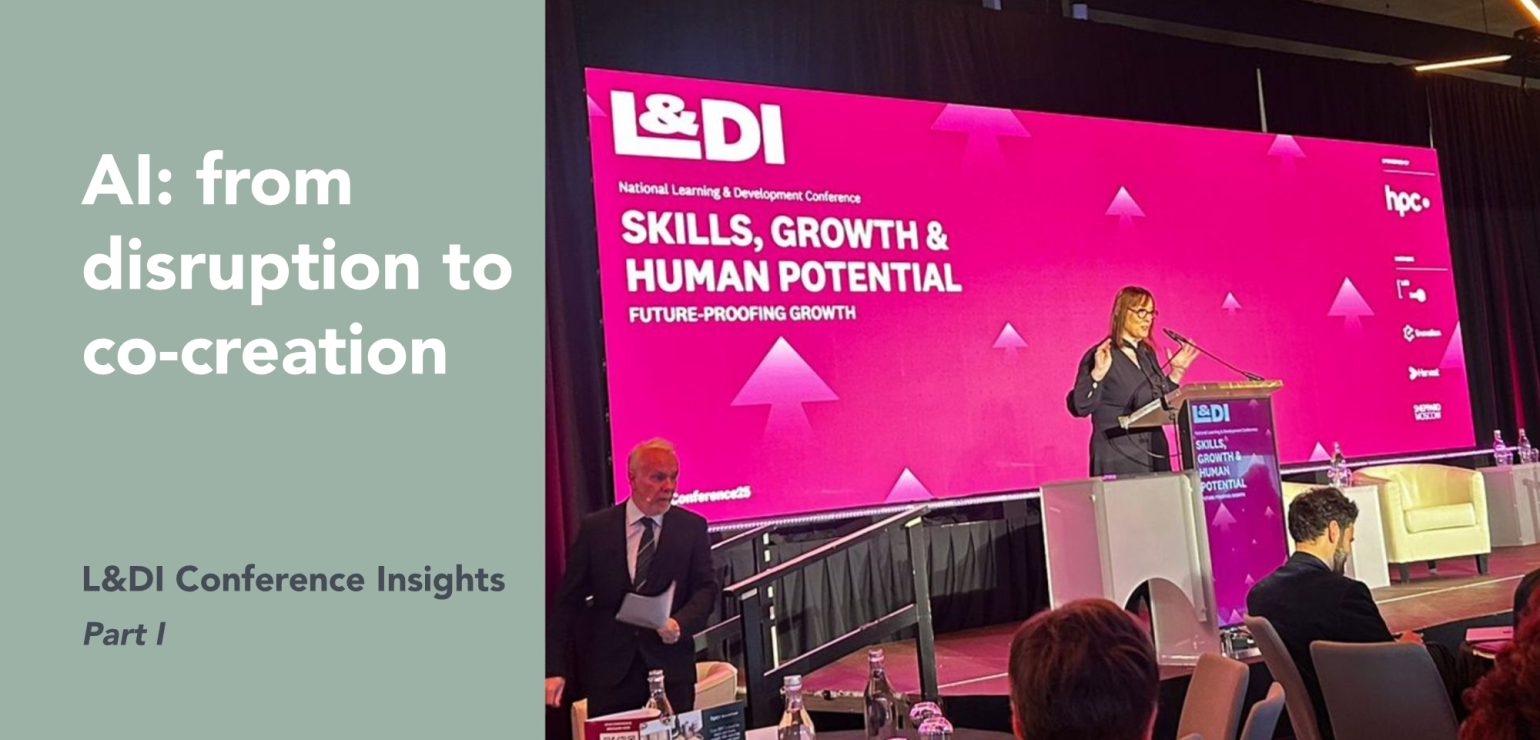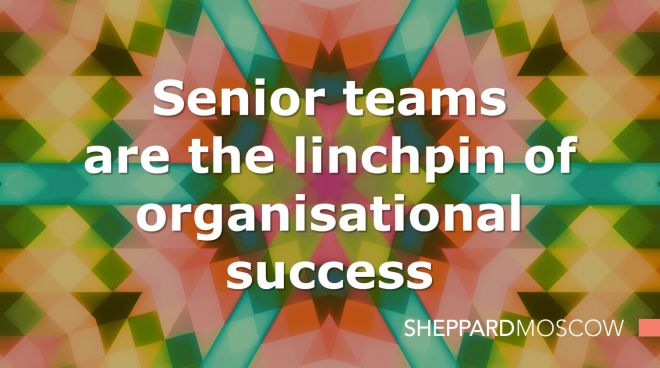Leading for Agility – Being open, letting go and diving in

One of the joys of consultancy is that you have the benefit of meeting lots of great business leaders in different walks of life and listening to their stories. It’s valuable to see and explore the connections between them and consider some of the emerging patterns. From four recent conversations I have distilled some elements about Leading for Agility.
Of course, Agile is a slippery word; with a specific meaning in agile methodology in project management as well as a broader sense of enabling businesses to be more agile in responding to the VUCA world. Two of my conversations were about introducing agile working but my key takeaways are around the leadership needed to enable these and other changes. This is about being open-minded and open with data; stepping back and giving people space but also diving in alongside them.
I chatted recently with a very experienced business leader about his latest challenge; introducing agile development processes to accelerate the pace of introducing new services and sustaining continuous innovation in a bank. His main challenge in making progress is the strong pull of the old habits. Executive management know they need a different approach, but they retain a traditional waterfall mindset for running the business and they want the new approach to fit the old structures and mindsets, ie their view on how to do things properly.
It reminded me of a discussion I had late last year with the development specialists in a large, well known, high tech, engineering business which has led the market for many years in a world where safety and reliability are paramount. They wanted to adopt a much more agile approach to their design and production processes to increase speed/flexibility and lower costs in getting new designs to market. As part of this they also wanted a very different, much more agile, pull-through approach to people development. To help them implement this, they asked for a traditional, fully planned and scoped, linear project process to generate the change in culture, which they could take to senior layers of management to seek permission. When confronted, it was hard for them to digest the paradox.

In each case, people could see the need for doing things differently but found it hard to let go of the old ways of thinking and doing things and open themselves out to experimentation. This is partly about seeing it, partly about recognising this is personal (what’s the change in me?). But it’s also about having to work within the existing paradigms; the current structures and decision-making processes that reflect the old way of doing things. Persuading people to do things differently is hard, especially when they are in senior roles of power and responsibility and they have well-drilled expectations about what a business case should look like.
As a contrast, recently, I had the joy of being in a whole business development session with my new colleagues in Sheppard Moscow. We did some great work together in the two days. Some key insights came when we looked at some of the data in the business and mapped this visually. We could then make sense of it together, looking for patterns, sharing views and generating both insights and ideas for moving our business forward. The data is freely available in the business, but this was the first time we had explored it together as a whole group. We did this because we wanted to generate a shared understanding of where we are now in the context of our Purpose and how we might work together to shape it for the future.
It was a deeply creative and engaging experience with a focus on collaboration and shared ownership of the outcomes. Rather than having some people analyse it and then present a business case to others we generated in real time a view on where the business is now against our broader ambition and highlighted some key areas for change eg on sector focus, which we explored and agreed in the moment. Action reviews and adjustments can flow readily from this as the business moves forward.

My final connection was a recent discussion with a very successful leader in digital publishing about her perspectives on agile leadership in a world where the product/service is being created continually. Among many insights, one was the availability of data in real time to everyone across the business. This means anyone and everyone can explore ideas and possibilities, individually and collaboratively, looking for rapid experiments and fast learning. Indeed, active engagement in this generative process is one of the indicators of high performance/contribution. Secondly that leaders need to both foster and be part of this process; not waiting for people to do the analysis and present them with proposals for action but engaging with them in the creation and implementation of opportunities. While traditional publishing has regular cycles of activity and structured decision-making, this is a world of continuing dialogue, experimentation and learning that needs to draw rapidly on a wide-range of perspectives.
So, what am I drawing from these different conversations/experiences about leadership for agility?
- Being Open: Make data and information available so that people can explore it individually and together to generate new insights and experiments for action. In the old world, data was aggregated at the top of businesses; now it can be available throughout the system. Ensure it’s available and usable by a diverse range of people because this will maximise the quality and breadth of the insights and the creativity for using them. Having people make meaning together, bringing in their different perspectives, speeds the time for buy-in and action.
- Letting Go: There is a legitimate need for good governance and ensuring enough focus for activity. This is why leaders need to clarify purpose and also ensure the business architecture (structure/process/culture) allows people to contribute creatively toward that purpose. But don’t think you can control all that is happening. You have to trust people, while ensuring there are fast feedback loops to help learning and alignment.
- Diving In: Be part of the process; get engaged in and excited by the possibilities and opportunities. This is will help you stay connected to what’s happening, to gently steer and also to learn alongside others as they move the business forward. A key part of the leadership role is facilitating connections between people, ideas and opportunities.
As my first two examples illuminate this is hard for managers/leaders who are used to traditional decision-making structures and ways of working. They may see the need for change but struggle to accept what it means for them, for their assumptions about the nature of organisations, personal power etc. They can also be pulled back by the existing business architecture and expectations of others. Change is never easy either at a personal or a corporate level. Leading for agility is about creating more responsive organisations, able to grow, learn and adapt quickly in response to a complex and rapidly changing environment. This means leaders themselves need to stay curious and focus on how they can learn and adapt; continually growing and developing themselves.

 Chris Smith
Chris Smith 
 Aoife Keane
Aoife Keane 
